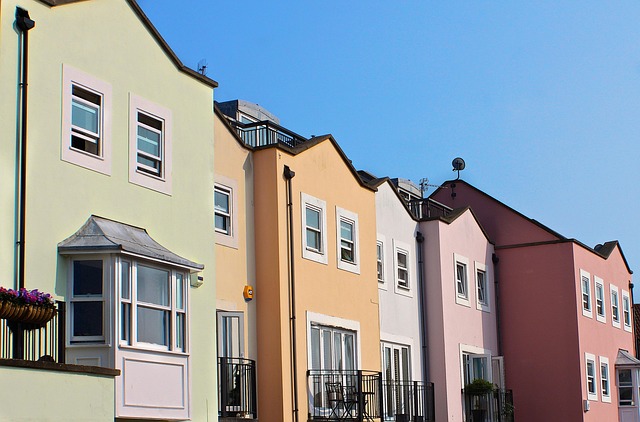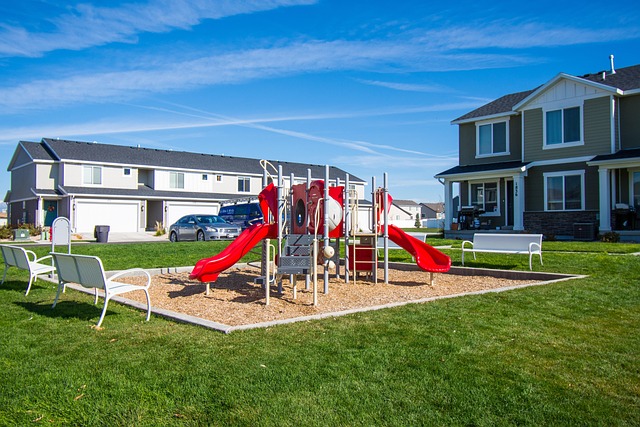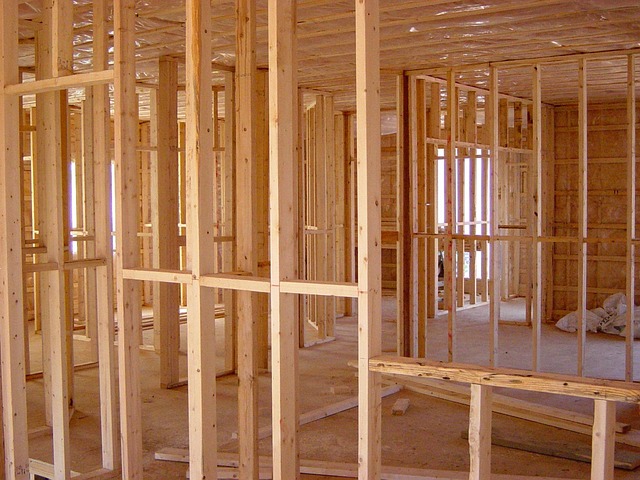Community infrastructure is vital for successful real estate development, encompassing well-designed transportation networks, recreational spaces, and community centers that enhance social connections, drive economic growth, and improve neighborhood quality of life. Strategic planning includes incorporating green spaces, communal gardens, and pedestrian-friendly pathways to create an integrated environment with accessible amenities. Prioritizing sustainable and inclusive public spaces, such as high-speed internet and eco-transportation, attracts diverse populations and fosters a sense of belonging, significantly enhancing residents' well-being and ensuring the longevity of real estate projects.
In the realm of real estate, a thriving community goes beyond mere buildings. It’s built on robust infrastructure that connects and serves its residents. This article explores the art of planning layout and community infrastructure, delving into crucial aspects like understanding the backbone of successful development, strategies to optimize living spaces, and integrating sustainable amenities. Discover how modern design can foster vibrant communities, enhancing quality of life for all.
Understanding Community Infrastructure: The Backbone of Successful Real Estate Development
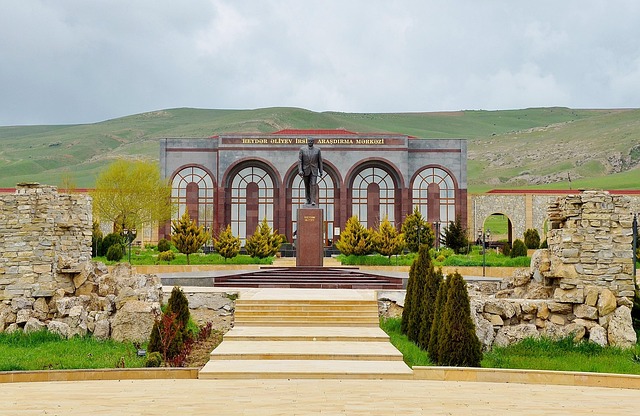
Community infrastructure forms the backbone of any successful real estate development, providing the essential framework that supports and enhances the lives of residents. Beyond basic utilities like water, electricity, and sewers, it encompasses a diverse range of elements—from transportation networks to recreational spaces and community centres. Well-designed infrastructure not only facilitates daily commutes and caters to basic needs but also fosters social connections, promotes economic growth, and contributes to the overall quality of life within a neighborhood.
In the real estate sector, understanding and prioritizing community infrastructure is crucial. Developers who invest in robust and thoughtful infrastructure designs create more desirable and sustainable properties. Efficient transportation systems, for instance, can reduce traffic congestion and encourage walkability or cycling, leading to healthier lifestyles and happier residents. Additionally, community spaces designed with input from locals can foster a strong sense of belonging and foster social cohesion, making neighborhoods more vibrant and inclusive.
Planning for Optimal Layout: Strategies to Enhance Community Living
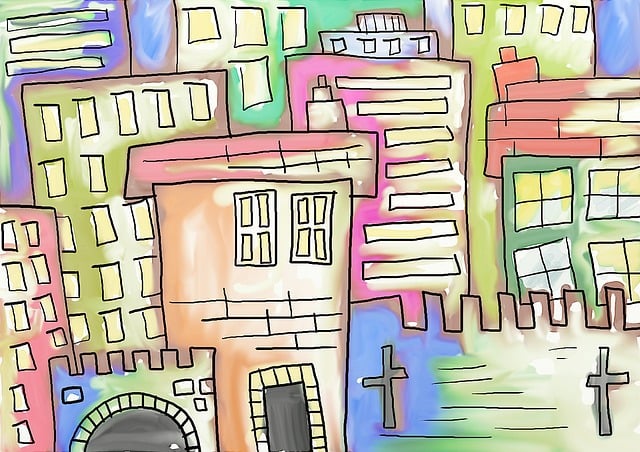
In real estate, planning for optimal layout is a game-changer for fostering strong community living. Strategically designing spaces that promote interaction and accessibility can significantly enhance residents’ overall well-being and sense of belonging. For instance, incorporating shared green spaces, communal gardens, and pedestrian-friendly pathways not only adds aesthetic value but also encourages social connections and physical activity.
Community infrastructure should aim to create a vibrant, integrated environment where essential amenities are within reach. This includes thoughtfully placing community centers, recreational facilities, and local businesses to foster a sense of place and self-sufficiency. By prioritizing pedestrian and cycling networks over extensive car dependencies, developers can contribute to more sustainable and socially engaging neighborhoods. These strategies not only improve the physical layout but also positively impact mental health, community cohesion, and overall satisfaction within the community.
Building Sustainable Communities: Integrating Modern Amenities and Public Spaces

In the realm of real estate, creating sustainable communities goes beyond mere construction. Integrating modern amenities and public spaces is a game-changer that fosters a sense of belonging and enhances quality of life. These shared spaces, from vibrant community gardens to state-of-the-art recreational centers, serve as hubs for social interaction and cultural exchange. By designing neighborhoods that prioritize these elements, developers can transform mere residential areas into thriving, interconnected communities.
Public spaces, particularly those designed with accessibility and inclusivity in mind, encourage a sense of community ownership. Modern amenities like high-speed internet access, eco-friendly transportation options, and convenient retail services contribute to a sustainable lifestyle. These features not only cater to daily needs but also attract residents from diverse backgrounds, fostering an environment that is both dynamic and harmonious. Such thoughtful planning can significantly impact the success and longevity of any real estate project.
